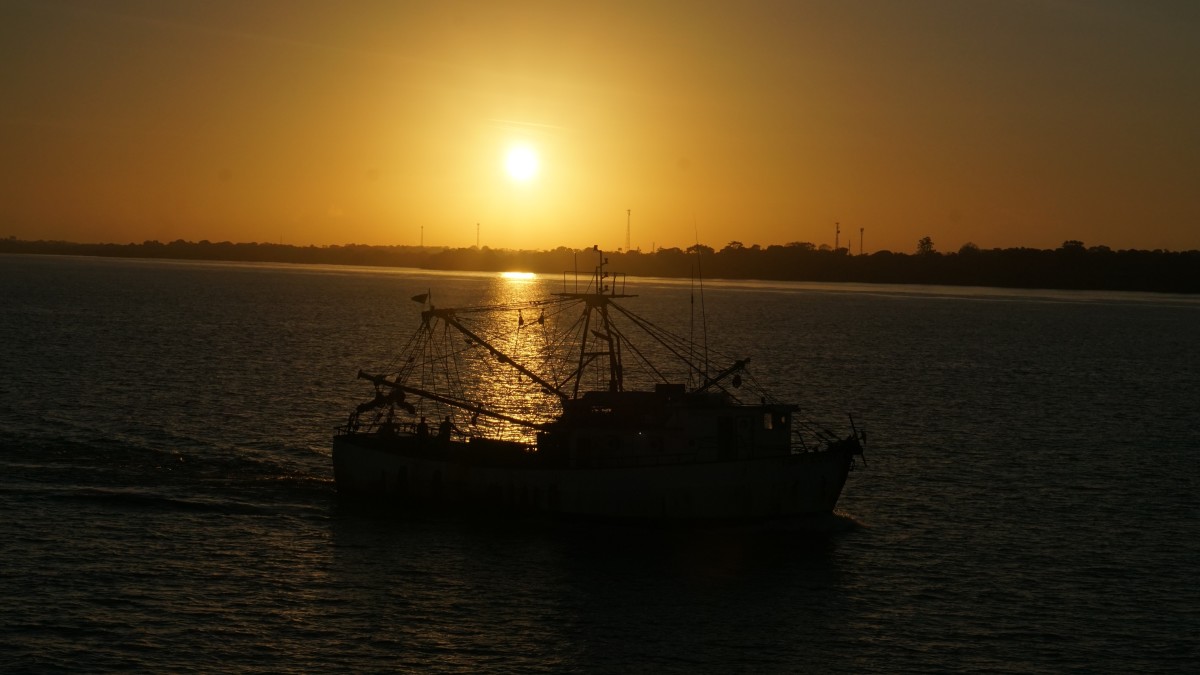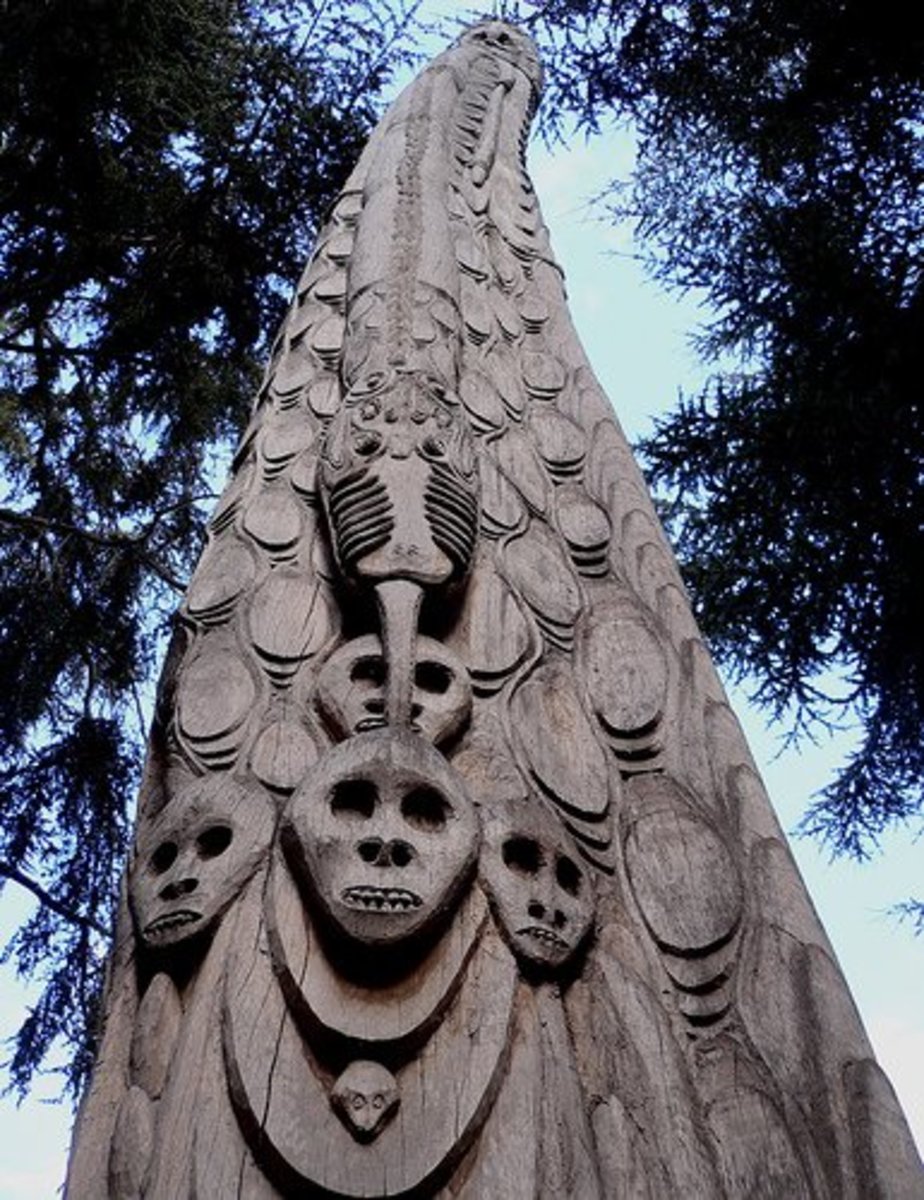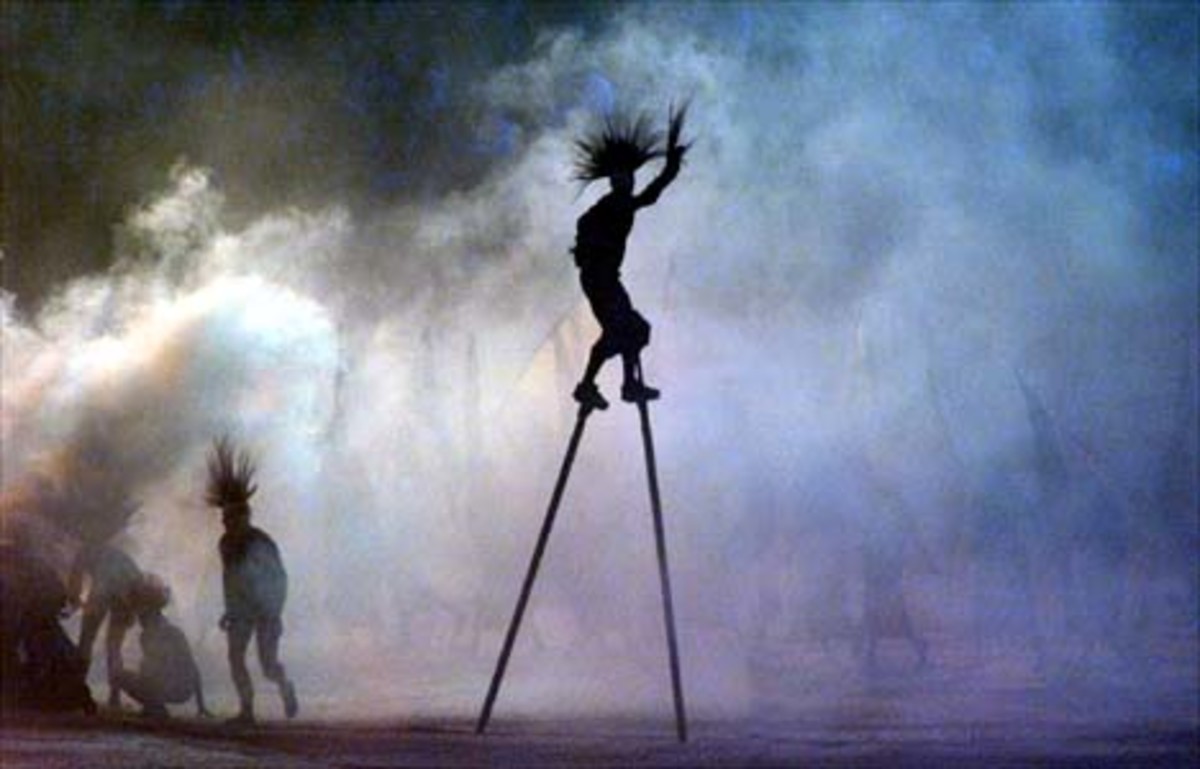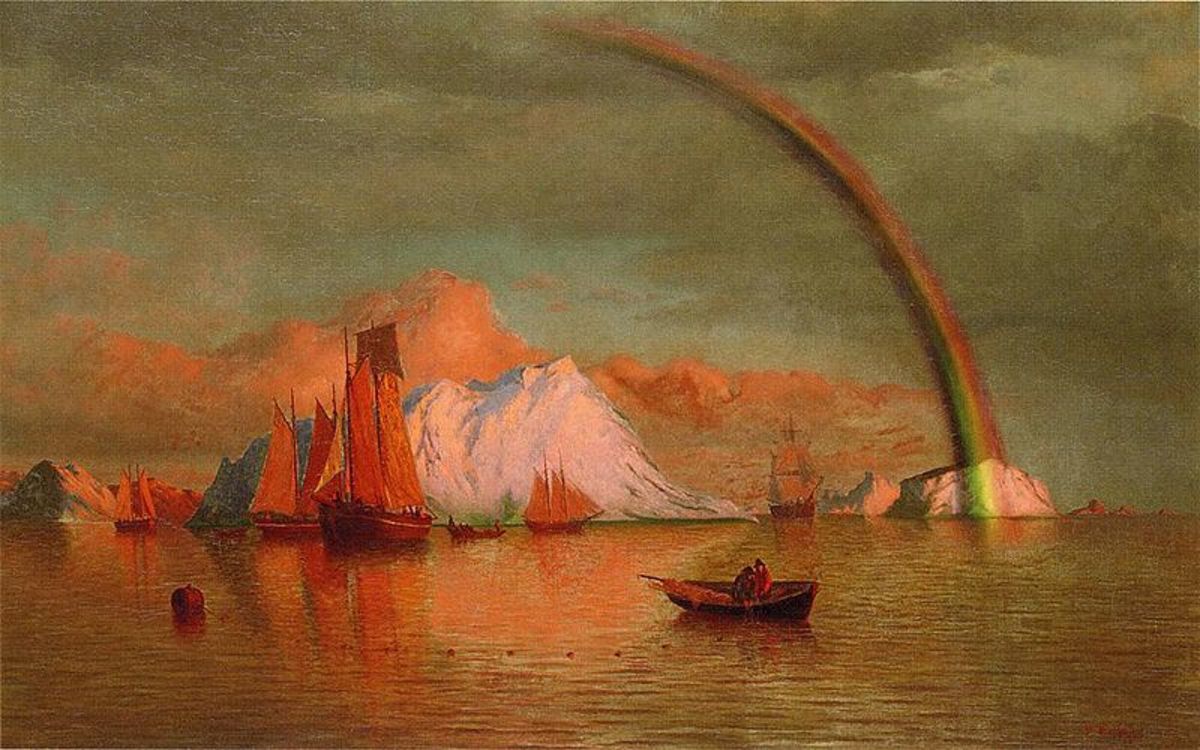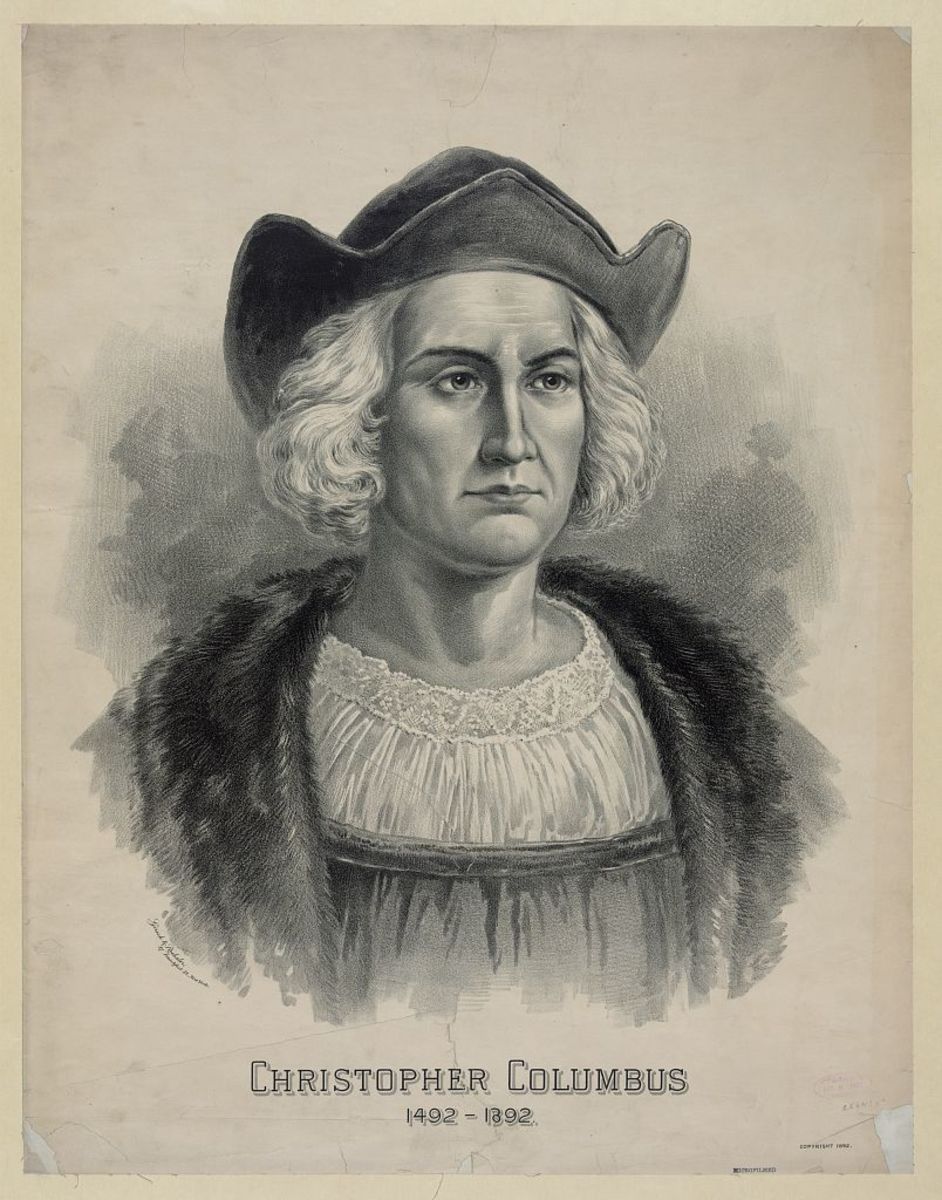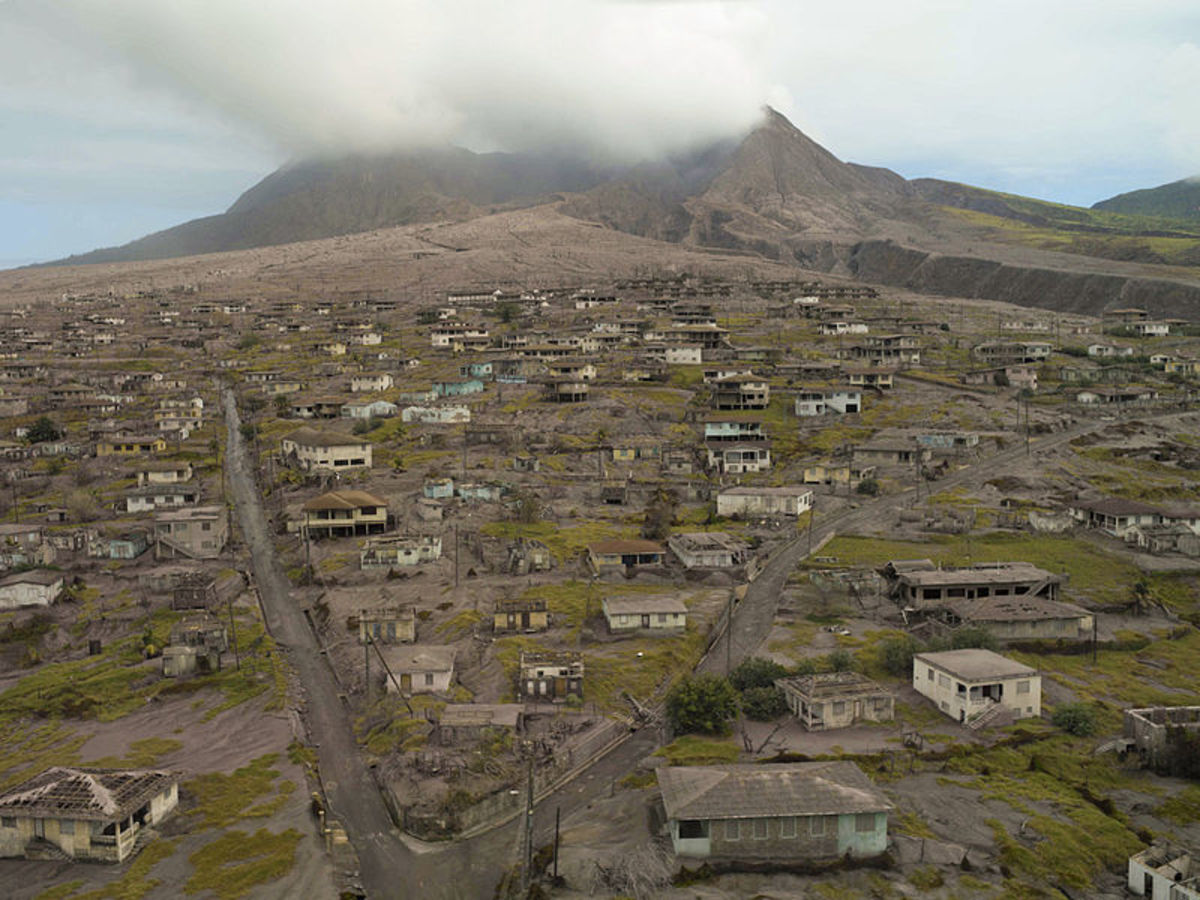Denmark's Greenland: Our Largest Island and Its Indigenous Peoples
The Land of the People
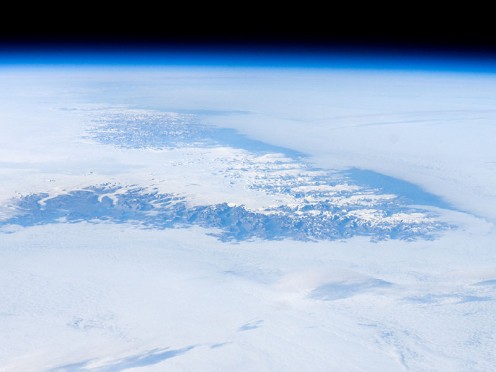

Wegener Expedition, 1930 - 1931
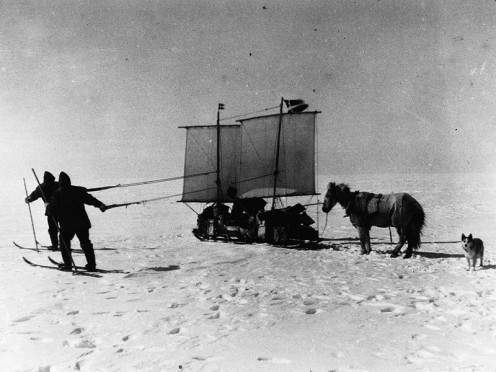
Ice, Snow and Inuits
For travel, Greenland is a land for cold-weather adventurers, as was discovered by the German scientist Albert Wegener in 1930-1931. He had pioneered research into the phenomenon of the jetstream before the notion was accepted, and first studied the concept of continental drift.
His final expedition to Greenland, called by the Indigenous Inuits "Land of the People", ended in his death on the thick ice. Today, winter sports can be enjoyed all year long in this country.
It is located in arctic and sub-arctic climates, with cool summers and frigid winters. Permafrost covers about 67% of the island to the north and no crops can be grown in the country. The Inuits. who have over 40 words for "snow" and "ice", hunt seals and whales, which have been long-time bases for their traditional economy.
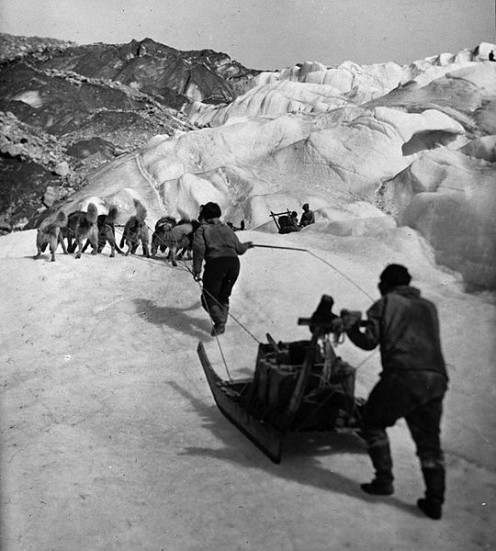
With a population of only about 57,600 spread across approximately 2,170,000 sq km, the country is a little over three times the size of the State of Texas.
The capital is Nuuk, which contains about 1/4 of the total population or about 14,500 people. As a comparison, Texas has a population of over 26 million all by itself, as of the end of 2010. Unfortunately, urban decay is active in Nuuk and tours often take visitors into other, more wild but beautiful surroundings.
Greenland is the Earth's largest island, with over 80% of its land capped by a layer of ice (some of it permafrost). In fact, speculation is that the country is made up of three separate islands joined by a glacier.
Ancient Inuit people were the first inhabitants, circa 2500 BC, and the Inuit remain a large part of the "Greenlander" population, joining Caucasians after this latter group immigrated. Vikings, in fact, arrived in the 10th Century AD, sailing in from Iceland. Denmark colonized the island beginning in the 18th Century and took over the government 1953.
Visit to Nuuk, 2007
Greenland joined what is now the EU with Denmark in 1973, but left in 1985 because of overly strict fishing quotas imposed. Greenland gained self-government in 1980 and achieved increased self-rule in 2008. As of June 2009, however, Denmark control Greenland's foreign affairs, security, and finances in conjunction with the self-rule entity. The currency is the Danish kroner and Denmark provides military security, because Greenland has no military.
Greenlander industries are comprised of fish processing; gold, uranium, iron, diamond, and other mining enterprises; Indigenous handicrafts, animal hides and skins, and some minor shipyards. Denmark still subsidizes the economy heavily.
Potential Energy
According to CIA information and geography files, Greenand's thickest icecap is 3 km thick. This is a total of 10% the global fresh water reserve. It is a lot of energy stored as ice as well -- a flood caused by from icemelt would be disastrous. In addition, a total meltdown may increase global ocean levels by as much as a predicted 7 meters.
Scientific measures of Greenland icecaps, substantiated by NASA sattelite photos, indicate that the total ice is metling very quickly in the 21st Century.
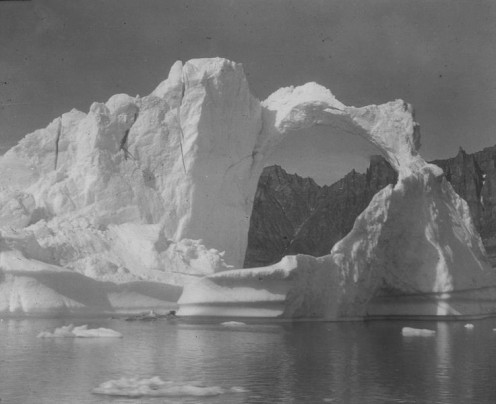
Migration Around the Polar Circle
The earliest Indigenous Peoples of the country were likely the Saqqaq, Independence I, and Independence II peoples. All of these groups migrated eastward from North America. These people were descendants of some of the original inhabitants of lans in Canada and the US - First Nations and Native Americans descended from Asians and a mix of Asian and other cultures. They are now the Inuit of Greenland.
Indigenous Peoples produced and used stone tools in order to survive in a cold, dry climate, hunting game animals and learning to fish.
After the first three migrations, the Dorset Inuits migration occurred and today's Inuit foundation myths are traced to them. Next, the Thule emigrated in the year 900, followed by Viking Norsemen that settled on the east and south coastlines.
CIA estimates that 80% of Greenlanders are Inuit
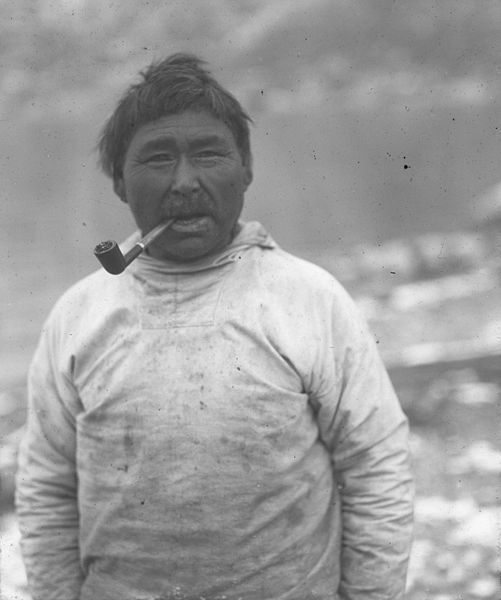
The CIA estimates that 80% of Greenlanders are Inuit and the remaining 20% of Greenlanders are Danish Caucasians.
The National Geographic and Smithsonian Institution Genographic Project is an ongoing activity that traces the migration of all Earth's peoples. The project has tracked and recorded blood typing markers that appear in peoples in different parts of the world, indicating their migration between these points.
Visiting with Harp Seals in Greenland
It is commonly accepted today that the modern Inuit is a descendant of at least some early Northern Asians and related groups that migrated along the northern polar circle across Northern Asia to cross the Bering Strait that was covered with ice, into Canada. Some continued eastward and into Greenland.
Certain blood typing and other DNA markers found among some Inuit/Eskimo, First Nations, and Native Americans have also been found among others, such as the Saami people in Northern Europe (i.e., Lapland) and in some additional neighboring peoples.
Migration and DNA Tracking
- IBM100 - The Mapping of Humanity's Family Tree
- PLoS Genetics: The Genographic Project Public Participation Mitochondrial DNA Database
The Genographic Project is studying the genetic signatures of ancient human migrations and creating an open-source research database. It allows members of the public to participate in a real-time anthropological genetics study by submitting personal
Related DNA Research
- Raven and Eagle: DNA Tracking Of Indigenous Clans in Southeastern Alaska
A human migration study of 2012 - 2013 begins to determine the migration patterns of people that became the Raven and Eagle clans, from the Eastern Hemisphere of Earth across the Bering Strait and down into the Southeastern Alaskan Panhandle. - Native American Nations Around The World - A Genetic Sub-Polar Route
Genetic research has shown evidence of specific Native American DNA structures throughout the Western Hemisphere as being closely related to Siberian nations in Altai that advanced to South Korea and other Siberians, some Scandinavian groups, and eve
Aurora Borealis
The Northern Lights appear throughout the calendar year in Greenland, although they fade in summer months. In some places north of the Arctic Circle, the sun shines all the time.
Northern Lights and Qaqortoq city
Things To Do In Greenland
Like travelers that filmed the harp seals and the aurora borealis, visitors to Greenland can enjoy wilderness beauty that they may not be able to find at home in other countries.
Among some of the other activities that tourists can select are:
- Dog sledding with overnight tent stays.
- A stay in a village with a traditional Inuit hunter and his family.
- Humpback whale watching.
- Cultural tours with the Inuit People.
- Fjord exploration cruises.
- Iceberg visit tours.
- Kayaking.
- Wilderness hiking.
- Helicopter rides.
- Scottish Polar Academy - a project for Scottish youth to trek to the North Pole over the ice connecting Scotland with Greenland

